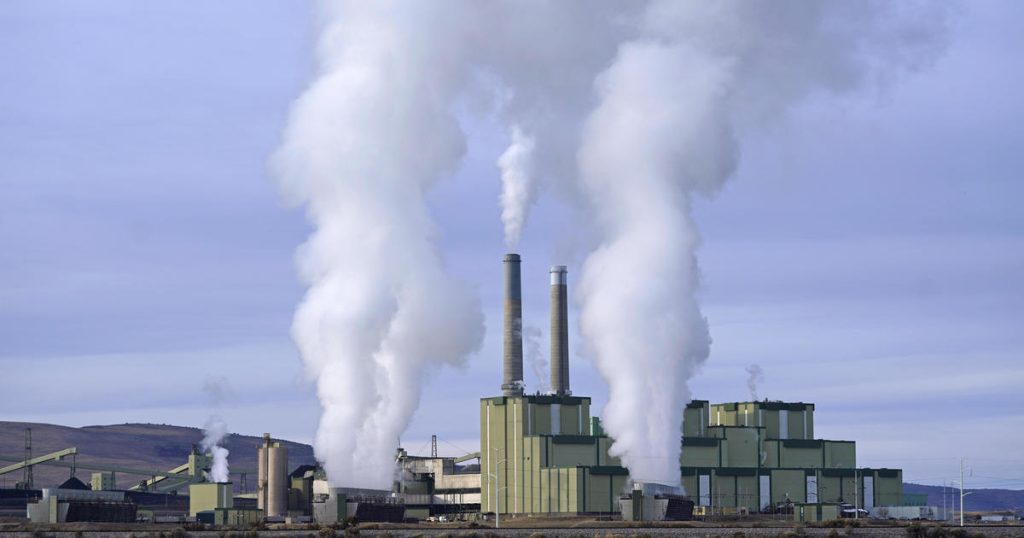The Supreme Court has allowed the Environmental Protection Agency (EPA) to enforce strict restrictions on greenhouse gas emissions from coal-fired power plants, despite legal challenges from states and the energy industry. The measure, which took effect in July, requires coal plants operating beyond 2038 to capture 90% of the carbon dioxide emitted by their plants by 2032. This rule is part of President Biden’s plan to eliminate carbon pollution from the energy sector by 2035 and the economy by 2050.
The EPA’s rule sets standards for existing and new fossil fuel-fired power plants, aiming to reduce air pollution and combat climate change. The Supreme Court decision came after the D.C. Circuit rejected requests to halt the rule, stating that the EPA had the authority to set emissions standards under a provision of the Clean Air Act. The states and industry groups challenging the rule argued that it would be costly to implement carbon capture technology and would push regulated sources into early retirement.
The challengers accused the EPA of trying to force coal and gas plants offline with the new requirements, impacting the states’ power industries and energy prices. They argued that the EPA lacked the authority to impose such regulations on power plants under the major questions doctrine. The Justice Department defended the EPA’s rule, stating that the carbon capture system is achievable and has been demonstrated, pointing out that the technology has been used for decades in various industrial applications.
The Supreme Court’s decision to allow the EPA to enforce the rule comes amid a series of rulings limiting the agency’s efforts to regulate air and water quality. In recent decisions, the court blocked the EPA’s “good neighbor” plan and curtailed its authority to regulate wetlands under the Clean Water Act. Additionally, in June 2022, the court found that the EPA did not have the authority to set emissions caps based on the approach taken in the Clean Power Plan rule. The court’s rulings have raised concerns about the future of environmental regulation in the United States.
Despite the legal challenges and pushback from states and industry groups, the EPA’s rule to reduce greenhouse gas emissions from coal-fired power plants remains in effect. The court’s decision allows the agency to continue its efforts to curb air pollution and combat climate change through stricter regulations on carbon emissions. The Biden administration’s environmental policies and goals align with the measures put in place by the EPA, aiming to address climate change through targeted regulations on fossil fuel-fired power plants. The ongoing legal battle surrounding these regulations highlights the complex and contentious nature of environmental policy in the United States.


